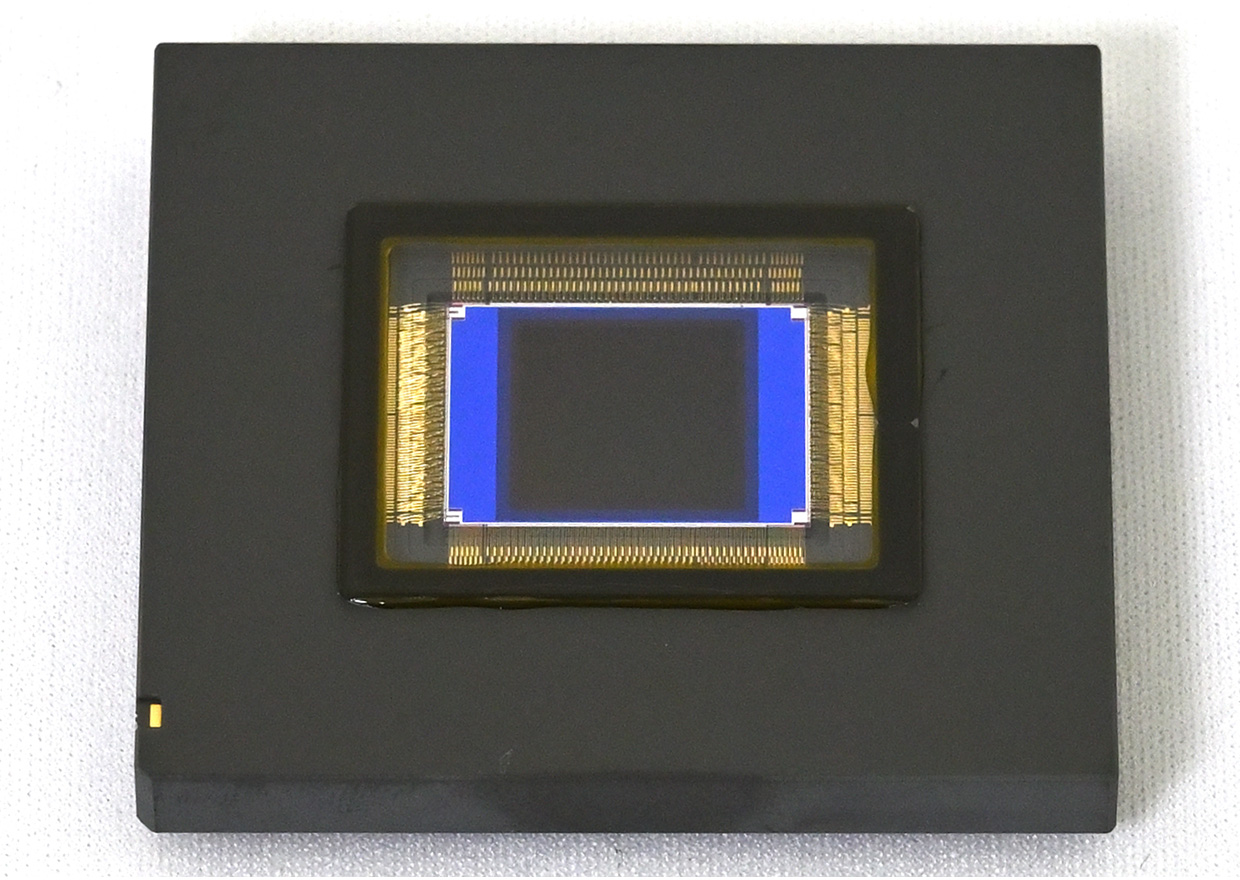The Nubia Red Magic 3 phone is something of a hyper-customized piece of gear for the performance-oriented gamer with crazy high-quality 3D specs and even fan cooling inside the case which is a first for a phone and a testament to the engineering to get it to fit in such a slim case. The specs that really caught our attention are that the phone does 8k video recording and 480fps 1080p with a beta mode to bring that all the way up to 1920fps.
We had no indication that the 1920fps mode is indeed real for a few days until we found out it is actually an option on the phone and not a typo which many including us thought up as 1920pixels for 1080p not frames. But yes it is frames which makes it confusing but in our estimation also allows for decoding the truth behind this spec and if it is actually all that it claims to be.
Nubia Red Magic 3 Camera Specs:
| Software Settings |
Exposure compensation |
| Camera Features |
Digital Zoom, Auto Flash, Face detection, Touch to focus |
| Image Resolution |
8000 x 6000 Pixels
48 MP, f/1.7, 26mm (wide) |
| Sensor |
Exmor-RS CMOS Sensor IMX 586 |
| Autofocus |
Yes |
| Shooting Modes |
Continuous Shooting, High Dynamic Range mode (HDR) |
| Resolution |
16 MP Front Camera |
| Physical Aperture |
F2.0 |
| Flash |
Yes Dual LED Flash |
Video Recording:
- 4320p 8k – 30fps
- 2160p 4k 30fps & 60fps
- Slow Motion 480fps Full HD and 1920fps Full HD
Looking at the specs it seems the phone can do no wrong but the first clue in discovering the truth about frame rates comes from the IMX 586 sensor that the phone uses.
Sony IMX 586 Frame Rate Specs:
| Frame rate |
Full |
30fps |
| Movie |
- 4K(4096×2160)
- 90fps
- 1080p
- 240fps
- 720p
- 480fps(w/crop)
|
The 48 Megapixel IMX 586 is a marvel of sensor design by allowing a 4k capture at 90fps but there is a limit as to the power of their stacked design. It can only deliver 480fps 720p video in a severe crop of the sensor area which shows just how misleading the 1920fps spec. You can see the full Sony IMX 586 specs here!
The phone is upconverting the 480fps 720p to 1080p which is also a misleading spec then it is in our estimation doing interpolation or just slowing down the playback by 4x to give exactly 1920ps. 480fps * 4 = 1920fps. It is not uncommon for Chinese phones to tout crazy specs and that is why you have to take them with a big grain of salt since the beginning. Reviewers that have the phone from China as an import also have the trouble of having nearly no Google Play store app support so it is a dicey proposition until Google approves it as a supported device.
The video below by Tech/NickBrazer shows the frame rate interface on the Red Magic 3!
Nubia Red Magic 3 Unboxing & Initial Review – The Everything Smartphone by Tech/NickBrazer:
The phone could, in theory, do the 90fps 4k feature of the IMX 586 some justice but the current 60p at that frame size is probably the limit of the frame buffer. However, being able to shoot 8k means that it should easily pump that many frames to a file. There is also the horrible rolling shutter performance when shooting 8k, any slight motion creates a wobble effect that ruins the 8k video feature. You are much better of recording in 4k and getting usable video.
The Video below claims to be a real sample from the 1920fps feature of the Red Magic 3. It looks like 480fps slowed down by 4x which would make sense but we are unable to authenticate the veracity of the footage.
Nubia Red Magic Mars 3 1920FPS Super Slow motion and 8k Support by Sparrows News: → Continue Reading Full Post ←






